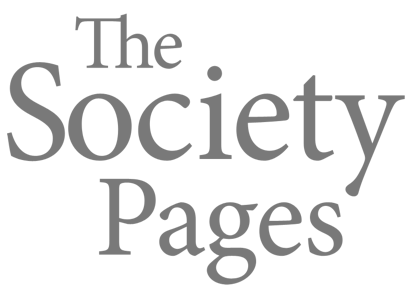According to Dr. Matt Carlson, the term “fake news” really blew up in 2016.
In an article published in Information, Communication & Society called “Fake news as an informational moral panic: the symbolic deviancy of social media during the 2016 US presidential election,” Dr. Carlson explores how the term “fake news” is used, who is using it, and what it means through a content analysis of articles published in major U.S. news outlets in November 2016.
“This study captures a side of ‘fake news’ that does not get enough attention in my opinion,” Dr. Carlson says. “Phrases like ‘fake news’ have symbolic power that depend on how they are wielded, by whom, and in what context. Such terms are not neutral, but loaded with assumptions about, for instance, what good news looks like. I really wanted to get at this larger struggle over meaning.”
Dr. Carlson found that, while fake news is regularly seen as a problem, there is little agreement on what the problem is and what the solutions should be. Journalists tended to vary in who they blamed for the “fake news” problem. Some blamed the fake news practitioners, who were portrayed as simply looking for a quick buck. Others blamed Facebook for being a platform which allowed fake stories to flourish. Still others blamed Google and the whole system of click-based digital advertising for creating the conditions that incentivize the production of fake news. And finally, others blamed the news audience for being duped into believing stories that should have been obviously flagged as false. The myriad of factors that commentators connect to fake news speaks to the complexity of the Internet in modern society.
“What we are confronting is that digital media have not been the utopian spaces envisioned a generation ago,” Dr. Carlson says. “Instead, the dark side of these technologies is also being recognized, leading to a lot of consternation about the future of democracy and the flow of information. We need to study this emerging conversation from a critical perspective to examine how we are framing heroes and villains, and how this is affecting future policies.”
Photo Credit: Jon S. via Flickr CC
This post was created in collaboration with the Minnesota Journalism Center.

